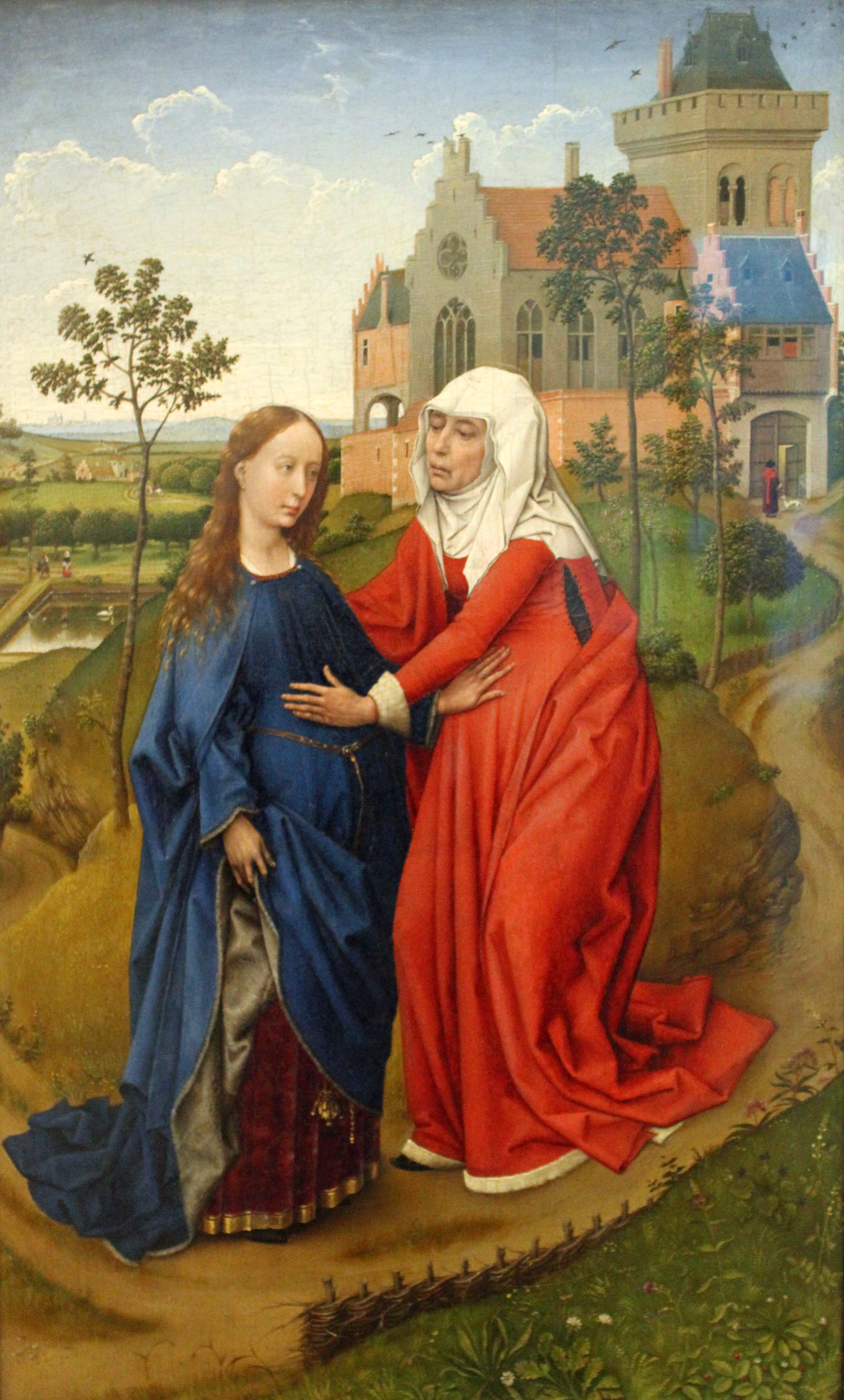Bach Cantata Day Information:
Visitation
Occurs every July 2nd. Liturgical period : Ordinary time II.
Occurrences:
Music for this day
- Herz und Mund und Tat und Leben, BWV 147
(first performance 2 July 1723, Leipzig period) - Meine Seel erhebt den Herren, BWV 10
(first performance 2 July 1724, Leipzig period) - Magnificat, BWV 243
(first performance 2 juli 1733, Leipzig period)
July 2nd is the celebration of Visitation in Bach's time (now it is celebrated mostly on May 31st, but in Germany it is still on July 2nd). Three cantatas for this day, all from Leipzig.
Bach originally wrote Herz und Mund und Tat und Leben, BWV 147, for the fourth Sunday of Advent in Weimar. This version is know as 147a. In Leipzig however Tempus Clausum was observed during Advent, strictly limiting festivities of all kind, including music in mass. But Bach did not want to let a good cantata go to waste. With a few adaptations he transformed it into the cantata you can hear for this day, which he presented in 1723 in the Thomaskirche.
The final movement of Herz und Mund und Tat und Leben, BWV 147, called Jesus bleibet meine Freude, has become very well known and popular thanks to the transcription for piano by the late Dame Myra Hess, known as Jesu, Joy of Man's Desiring (I actually played this work on the piano when I was young). I've added a version by Nelson Freire, but with a transcription by Wilhelm Kempff.
Meine Seel erhebt den Herren, BWV 10, is from one year later, 1724, when Bach had just started his chorale cantata cycle. So for this cantata, he used the German translation of the Magnificat, translated by Luther himself and known as the Deutsches Magnificat.
The last work, Magnificat, BWV 243, is not your average cantata, as it is the first major composition by Bach on a Latin text. Luther forbade the use of Latin in mass, with the exception of certain special days, like Visitation.
Bach first created this Magnificat in E-flat major for Visitation 1723 (so on the same day as the reworked Weimar cantata BWV 147 above). He then added some movements and performed it again on Christmas of that year. This version is known as BWV 243a (and you can hear it on my Christmas playlist).
For Visitation 1733 he reworked that original, with the instrumentation of some movements altered or expanded, and the key changed from E-flat major to D major, for performance reasons of the trumpet parts. This is the best known version of the Magnificat, and the one included in my playlist for this day.
Extra information
The Netherlands Bach Society website has more information and a performance of BWV 10:
https://www.bachvereniging.nl/en/bwv/bwv-10/
Playlist
WBCF0702-Visitation
Choose one of these streaming services to listen to this playlist:
Image of the day

Visitation, a painting by Rogier Van der Weyden (1399-1464), Museum der bildenden Künste in Leipzig.